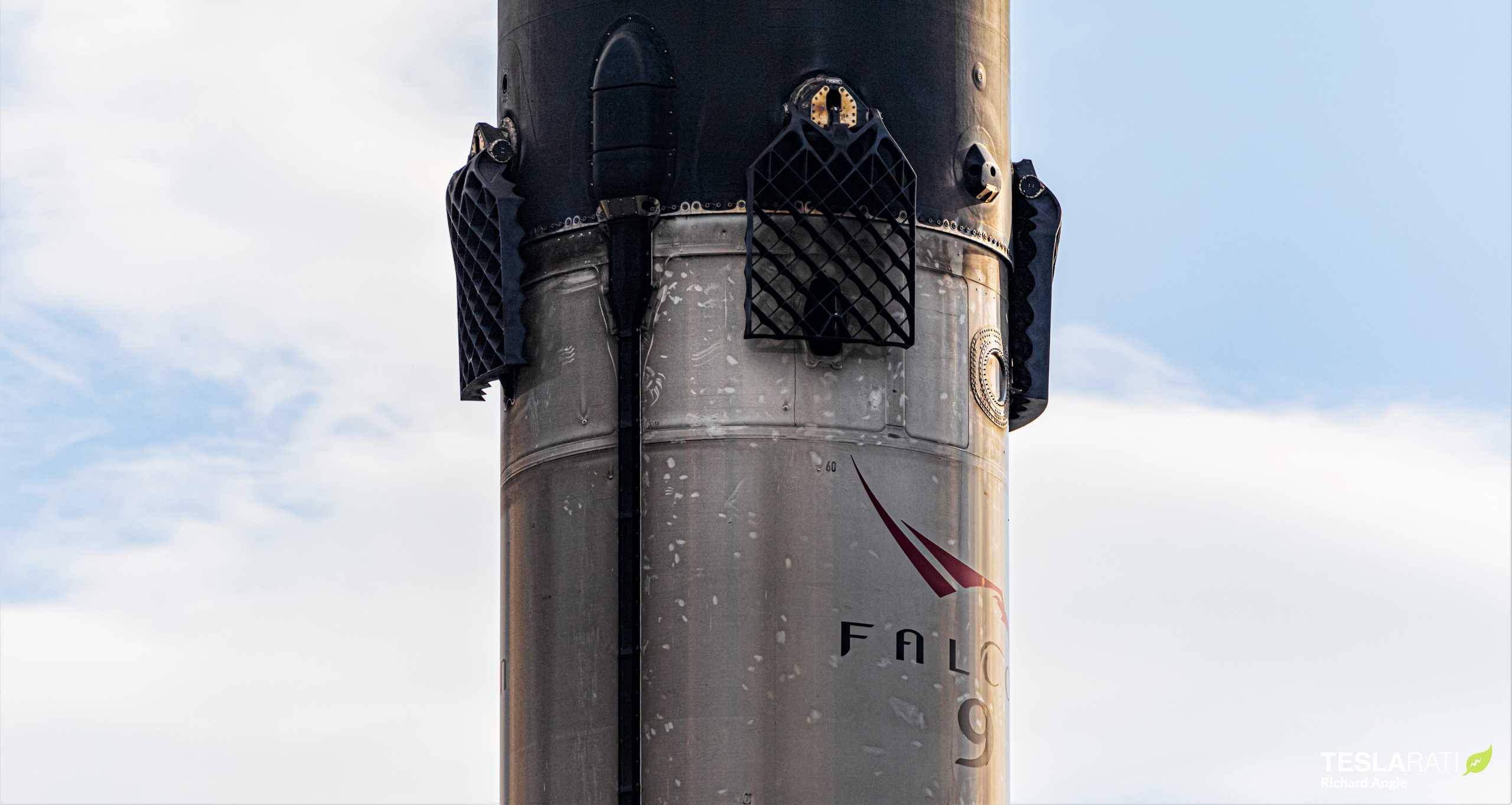
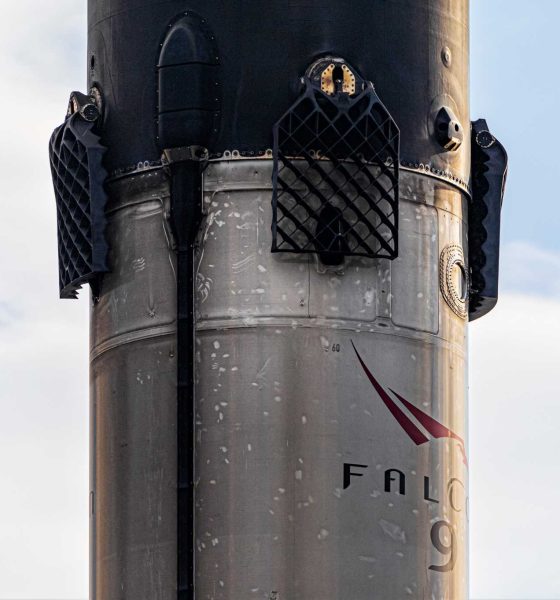
News
SpaceX’s youngest Falcon 9 booster returns to port after second launch
SpaceX’s youngest flight-proven Falcon 9 booster has returned to port after its second successful launch in ten weeks, preceded by the shrapnel of a destroyed payload fairing two days prior.
On June 30th, Falcon 9 B1060 lifted off for the first time, ultimately supporting SpaceX’s first operational US military satellite launch and completing the first successful booster landing after such a mission. Originally scheduled as early as August 29th, the same booster supported Starlink-11 on September 3rd, just 64 days after launching the US military’s GPS III SV03 satellite. In doing so, B1060 became the third Falcon 9 booster ever to launch twice in less than 70 days – all three instances of which occurred this year.
On the fairing recovery front, SpaceX’s Starlink-11 mission was not not nearly as lucky. Recovery ships GO Ms. Tree and GO Ms. Chief returned to Port Canaveral about 48 hours prior the Falcon 9 booster they launched on – but in a pile of jagged shards rather than two intact halves.
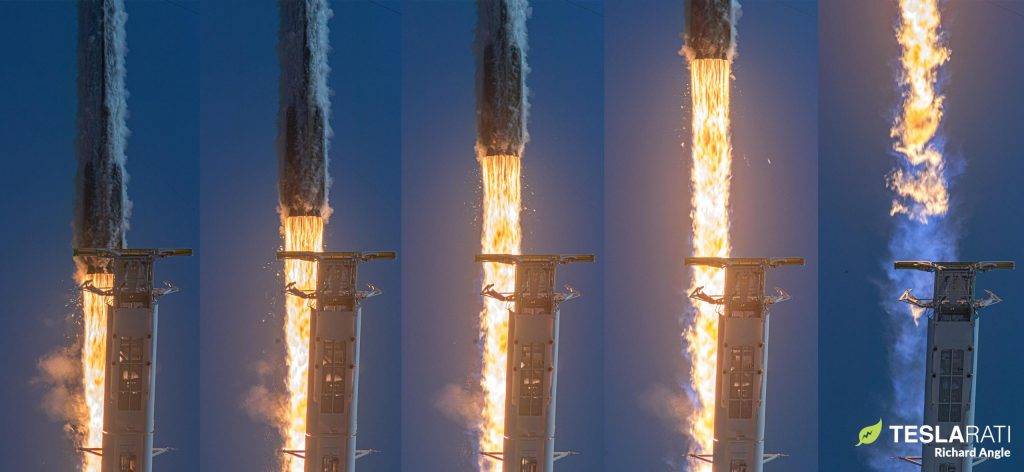

While SpaceX will have to continue chasing the ever-illusive double-fairing-catch it first tasted on July 20th, any recovery – even if just fragments – should still produce valuable data that can inform future recovery attempts and help prevent a similar fate from befalling future fairings. Outcome aside, the recovery also made for a spectacular port return for the (mostly) emptyhanded ships.

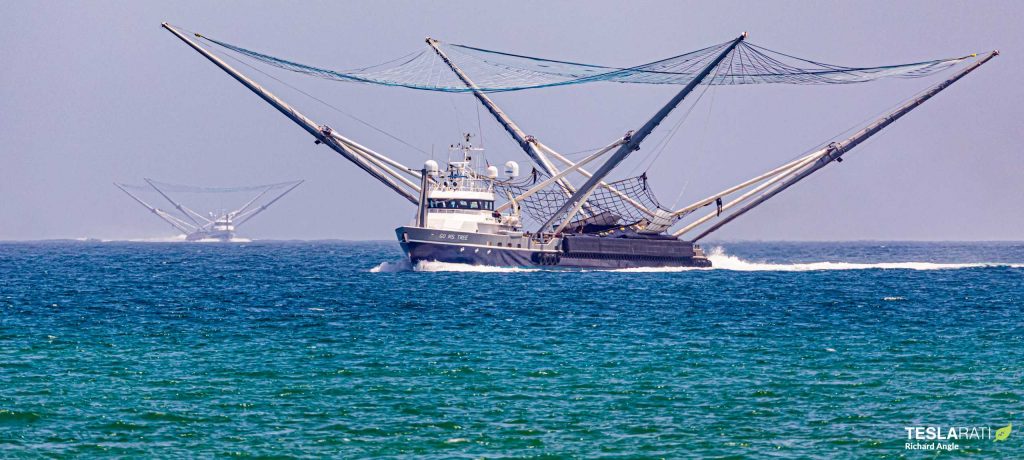
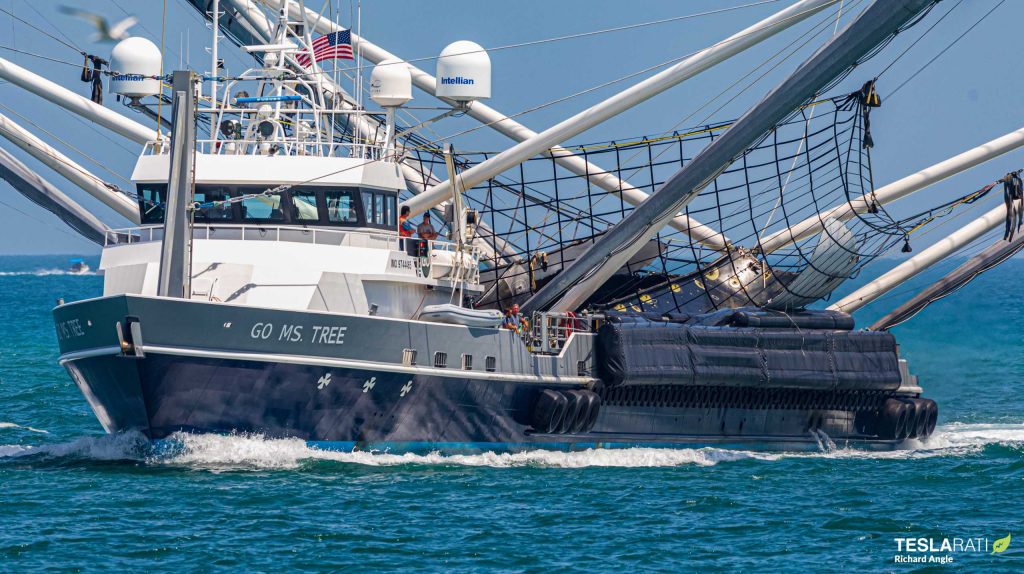
The success of Falcon 9 booster B1060’s second launch and ocean landing in 64 days is unequivocal, however. To support a combined commercial and Starlink launch cadence as ambitious as SpaceX’s in 2020, a heavy reliance on booster reuse – particularly with a focus on speed – was going to be a necessity. As a result of the unplanned loss of four Falcon Block 5 boosters between December 2018 and March 2020, SpaceX’s reuse-oriented decision to slow first stage production saw the company’s fleet of flightworthy boosters rapidly shrink.
Thankfully, Crew Dragon’s Demo-2 astronaut launch debut and the aforementioned GPS III SV03 mission introduced two new boosters – B1058 and B1060 – into circulation, resulting in a booster flight likely just large enough to support the lower bound of SpaceX’s 2020 launch ambitions. In late 2019 and early 2020, SpaceX executives revealed plans for anywhere from 24 to 36 launches this year – roughly two-thirds of which would be internal Starlink missions.
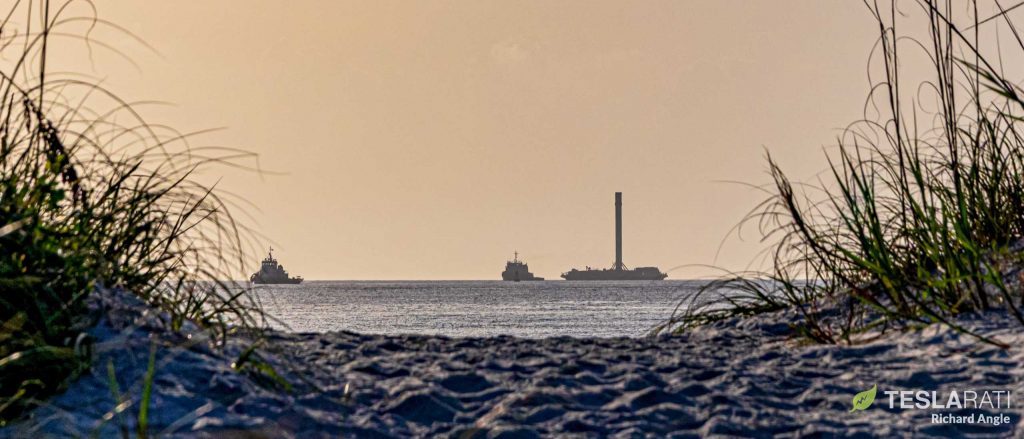
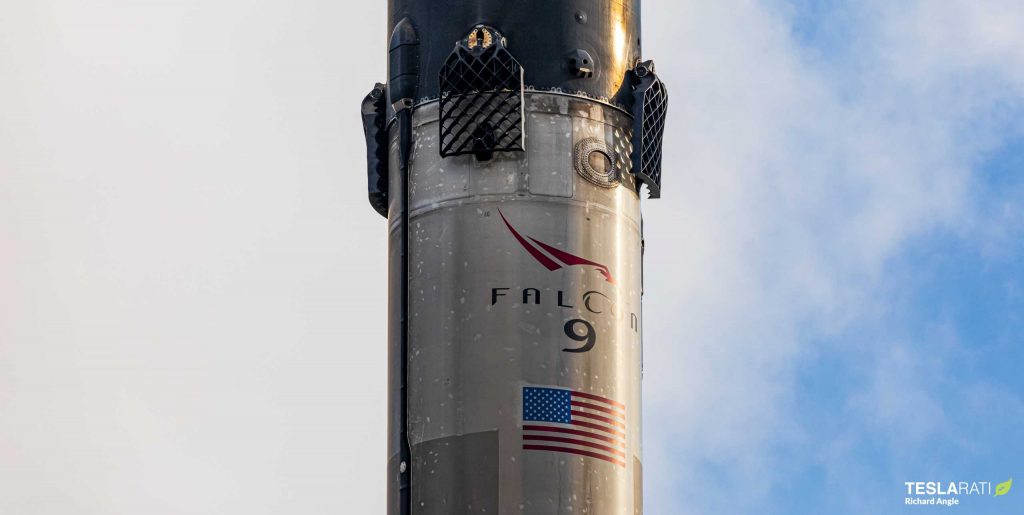
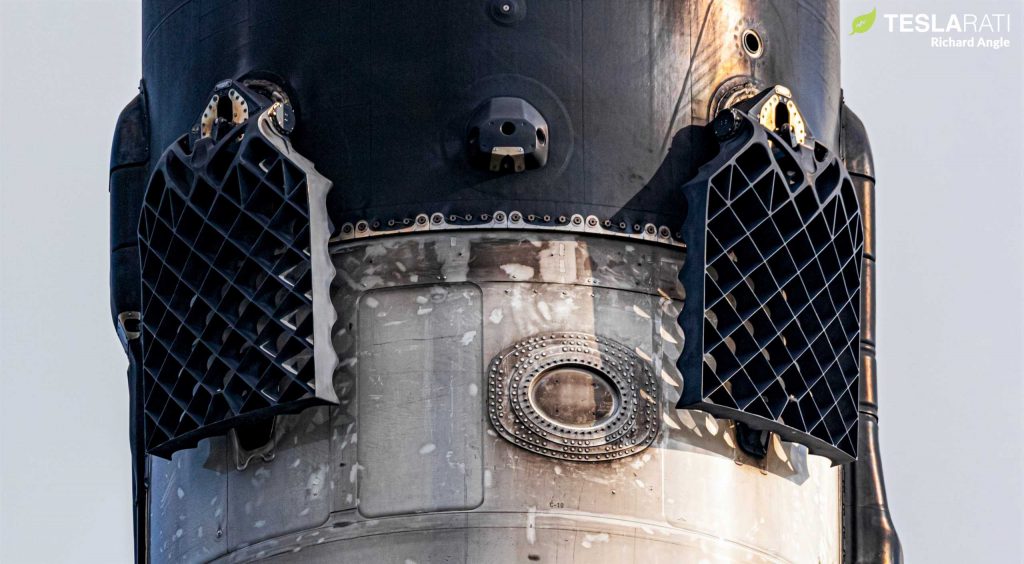
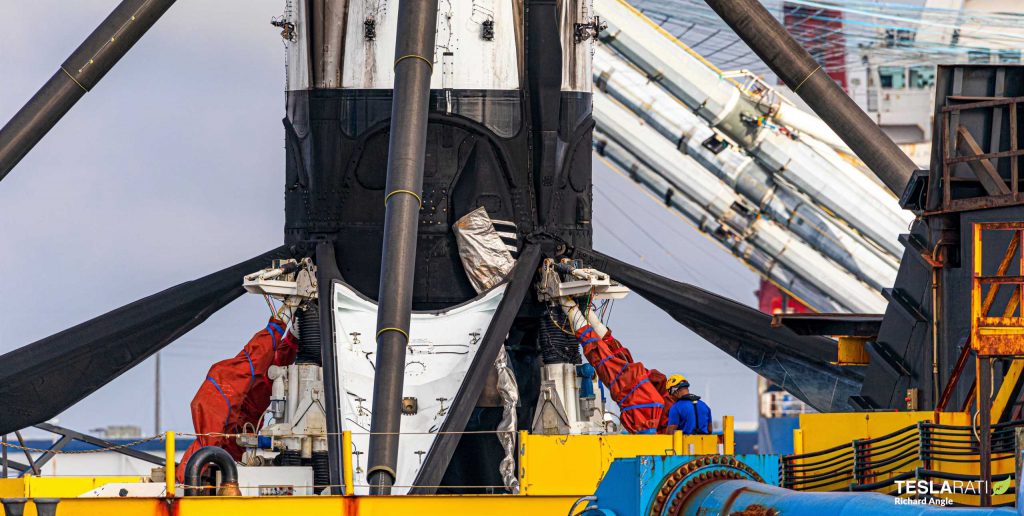
As the first Falcon 9 booster to be permitted to land after an operational National Security Space Launch (NSSL), B1060 would have been the perfect choice to support the first booster reuse during a US Air Force or National Reconnaissance Office launch. Much like NASA’s first launch on a flight-proven Falcon 9, though, that pathfinder qualification process would have likely necessitated 6+ months of inspections, reviews, and repairs. If not the first NSSL-sponsored reuse, B1060 would have also been a prime booster option for a more conservative customer or a high-value mission later this year or early next.
Instead, barely two months after its launch debut, SpaceX assigned B1060 to launch the 12th batch of Starlink satellites, pushing the internet constellation over the 700-satellite mark. In simple terms, the move implies that SpaceX is pushing as hard as ever to launch as many times as possible this year. As of now, SpaceX has launched 16 times in a bit more than eight months, averaging almost exactly two launches per month. If SpaceX continues that pace, it will beat its current annual record of 21 launches with ~24. If the company sustains the pace its kept over the last ~90 days, it could complete as many as 28 launches this year.
SpaceX’s September manifest certainly leans towards the latter option. Aside from two more Starlink missions scheduled in mid and late September, Falcon 9 booster B1062 is scheduled to debut with another GPS III satellite launch for the US military. Another five commercial missions have feasible launch targets in the fourth quarter, while it’s safe to assume that SpaceX will continue to target at least two Starlink launches per month for the indefinite future. Altogether, SpaceX has at least 15 more missions that will likely be ready to launch before the end of the year – plenty to sate Falcon 9’s ever-growing thirst.
Check out Teslarati’s Marketplace! We offer Tesla accessories, including for the Tesla Cybertruck and Tesla Model 3.

Elon Musk
Elon Musk and Tesla AI Director share insights after empty driver seat Robotaxi rides
The executives’ unoccupied tests hint at the rapid progress of Tesla’s unsupervised Robotaxi efforts.

Tesla CEO Elon Musk and AI Director Ashok Elluswamy celebrated Christmas Eve by sharing personal experiences with Robotaxi vehicles that had no safety monitor or occupant in the driver’s seat. Musk described the system’s “perfect driving” around Austin, while Elluswamy posted video from the back seat, calling it “an amazing experience.”
The executives’ unoccupied tests hint at the rapid progress of Tesla’s unsupervised Robotaxi efforts.
Elon and Ashok’s firsthand Robotaxi insights
Prior to Musk and the Tesla AI Director’s posts, sightings of unmanned Teslas navigating public roads were widely shared on social media. One such vehicle was spotted in Austin, Texas, which Elon Musk acknowleged by stating that “Testing is underway with no occupants in the car.”
Based on his Christmas Eve post, Musk seemed to have tested an unmanned Tesla himself. “A Tesla with no safety monitor in the car and me sitting in the passenger seat took me all around Austin on Sunday with perfect driving,” Musk wrote in his post.
Elluswamy responded with a 2-minute video showing himself in the rear of an unmanned Tesla. The video featured the vehicle’s empty front seats, as well as its smooth handling through real-world traffic. He captioned his video with the words, “It’s an amazing experience!”
Towards Unsupervised operations
During an xAI Hackathon earlier this month, Elon Musk mentioned that Tesla owed be removing Safety Monitors from its Robotaxis in Austin in just three weeks. “Unsupervised is pretty much solved at this point. So there will be Tesla Robotaxis operating in Austin with no one in them. Not even anyone in the passenger seat in about three weeks,” he said. Musk echoed similar estimates at the 2025 Annual Shareholder Meeting and the Q3 2025 earnings call.
Considering the insights that were posted Musk and Elluswamy, it does appear that Tesla is working hard towards operating its Robotaxis with no safety monitors. This is quite impressive considering that the service was launched just earlier this year.
Elon Musk
Starlink passes 9 million active customers just weeks after hitting 8 million
The milestone highlights the accelerating growth of Starlink, which has now been adding over 20,000 new users per day.

SpaceX’s Starlink satellite internet service has continued its rapid global expansion, surpassing 9 million active customers just weeks after crossing the 8 million mark.
The milestone highlights the accelerating growth of Starlink, which has now been adding over 20,000 new users per day.
9 million customers
In a post on X, SpaceX stated that Starlink now serves over 9 million active users across 155 countries, territories, and markets. The company reached 8 million customers in early November, meaning it added roughly 1 million subscribers in under seven weeks, or about 21,275 new users on average per day.
“Starlink is connecting more than 9M active customers with high-speed internet across 155 countries, territories, and many other markets,” Starlink wrote in a post on its official X account. SpaceX President Gwynne Shotwell also celebrated the milestone on X. “A huge thank you to all of our customers and congrats to the Starlink team for such an incredible product,” she wrote.
That growth rate reflects both rising demand for broadband in underserved regions and Starlink’s expanding satellite constellation, which now includes more than 9,000 low-Earth-orbit satellites designed to deliver high-speed, low-latency internet worldwide.
Starlink’s momentum
Starlink’s momentum has been building up. SpaceX reported 4.6 million Starlink customers in December 2024, followed by 7 million by August 2025, and 8 million customers in November. Independent data also suggests Starlink usage is rising sharply, with Cloudflare reporting that global web traffic from Starlink users more than doubled in 2025, as noted in an Insider report.
Starlink’s momentum is increasingly tied to SpaceX’s broader financial outlook. Elon Musk has said the satellite network is “by far” the company’s largest revenue driver, and reports suggest SpaceX may be positioning itself for an initial public offering as soon as next year, with valuations estimated as high as $1.5 trillion. Musk has also suggested in the past that Starlink could have its own IPO in the future.
News
NVIDIA Director of Robotics: Tesla FSD v14 is the first AI to pass the “Physical Turing Test”
After testing FSD v14, Fan stated that his experience with FSD felt magical at first, but it soon started to feel like a routine.

NVIDIA Director of Robotics Jim Fan has praised Tesla’s Full Self-Driving (Supervised) v14 as the first AI to pass what he described as a “Physical Turing Test.”
After testing FSD v14, Fan stated that his experience with FSD felt magical at first, but it soon started to feel like a routine. And just like smartphones today, removing it now would “actively hurt.”
Jim Fan’s hands-on FSD v14 impressions
Fan, a leading researcher in embodied AI who is currently solving Physical AI at NVIDIA and spearheading the company’s Project GR00T initiative, noted that he actually was late to the Tesla game. He was, however, one of the first to try out FSD v14.
“I was very late to own a Tesla but among the earliest to try out FSD v14. It’s perhaps the first time I experience an AI that passes the Physical Turing Test: after a long day at work, you press a button, lay back, and couldn’t tell if a neural net or a human drove you home,” Fan wrote in a post on X.
Fan added: “Despite knowing exactly how robot learning works, I still find it magical watching the steering wheel turn by itself. First it feels surreal, next it becomes routine. Then, like the smartphone, taking it away actively hurts. This is how humanity gets rewired and glued to god-like technologies.”
The Physical Turing Test
The original Turing Test was conceived by Alan Turing in 1950, and it was aimed at determining if a machine could exhibit behavior that is equivalent to or indistinguishable from a human. By focusing on text-based conversations, the original Turing Test set a high bar for natural language processing and machine learning.
This test has been passed by today’s large language models. However, the capability to converse in a humanlike manner is a completely different challenge from performing real-world problem-solving or physical interactions. Thus, Fan introduced the Physical Turing Test, which challenges AI systems to demonstrate intelligence through physical actions.
Based on Fan’s comments, Tesla has demonstrated these intelligent physical actions with FSD v14. Elon Musk agreed with the NVIDIA executive, stating in a post on X that with FSD v14, “you can sense the sentience maturing.” Musk also praised Tesla AI, calling it the best “real-world AI” today.








